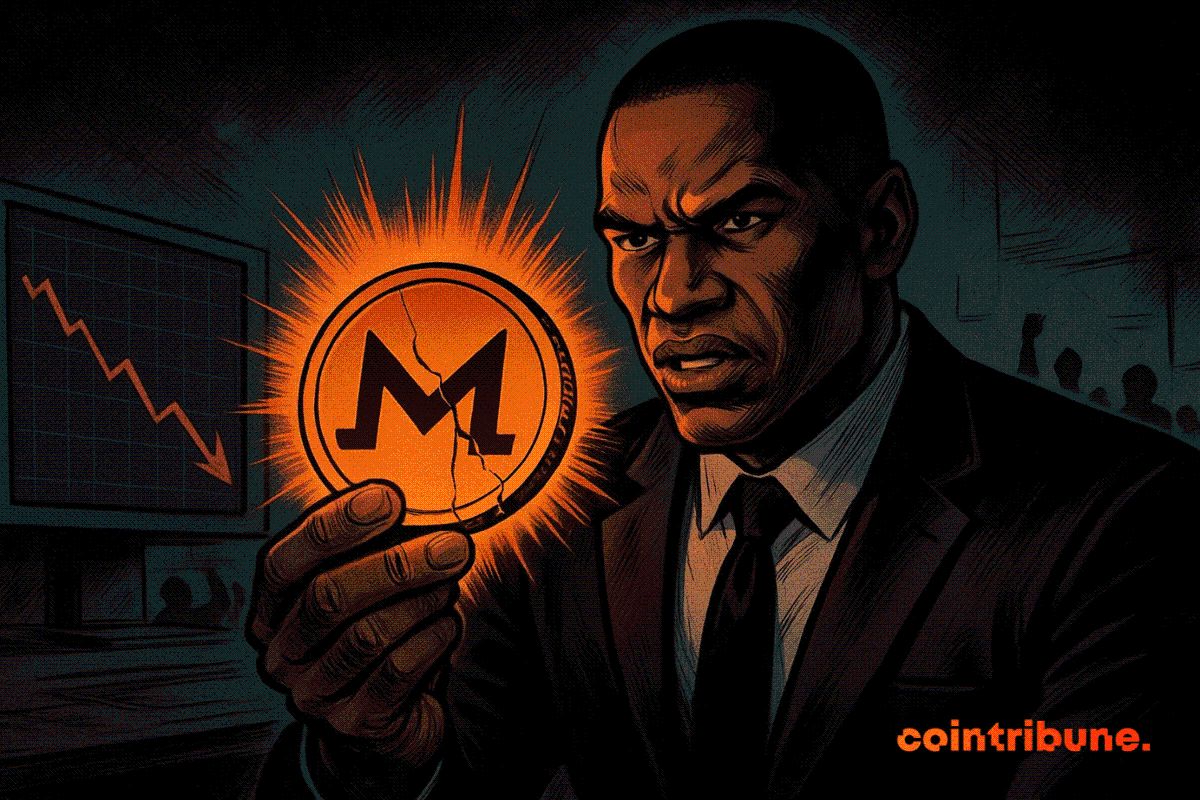Ethereum's Structural Demand and ETF Inflows: A Strategic Buy-the-Dip Case
- Ethereum transitions to institutional reserve asset in Q2 2025 via deflationary mechanics, yield generation, and ETF inflows. - Corporate treasuries (e.g., SharpLink, Bit Digital) stake 95%+ ETH holdings, accumulating 1.2M ETH ($3B) as structural demand intensifies. - Ethereum ETFs attract $28.5B net inflows vs. Bitcoin's outflows, driven by utility token reclassification and in-kind redemption mechanisms. - Undervalued ETH price ($4,700) creates buy-the-dip opportunity amid 14-month high ETH/BTC ratio a
The crypto market's next inflection point is not in speculative narratives but in the structural forces reshaping Ethereum's institutional value proposition. As of Q2 2025, Ethereum has transitioned from a speculative asset to a foundational reserve asset, driven by a confluence of deflationary mechanics, yield generation, and institutional adoption. This shift has created a mispricing opportunity for investors who recognize Ethereum's undervalued treasuries and the accelerating capital flows into Ethereum-based ETFs.
Structural Demand: Treasuries as a Scarcity Engine
Public companies are now deploying Ethereum as a core treasury asset, mirroring Bitcoin's institutional adoption but with a critical edge: yield generation. Firms like SharpLink Gaming (SBET) and Bit Digital (BTBT) have staked over 95% of their ETH holdings, capturing staking yields of 4.5–5.2% annually. These strategies are not speculative—they are capital-efficient, income-generating, and aligned with Ethereum's deflationary supply model.
By Q2 2025, corporate Ethereum treasuries had accumulated 1.2 million ETH ($3.0 billion), with companies like BitMine Immersion Technologies (BMNR) setting aggressive targets to own 5% of Ethereum's total supply. This accumulation is not just a liquidity drain but a structural demand driver. As exchange-held ETH fell below 13 million (a 2016-level low), the network's scarcity premium intensified. Meanwhile, Ethereum's annualized inflation rate dropped to 0.7%, with the Pectra upgrade's EIP-1559 burn mechanism reducing circulating supply by 1.32% annually.
ETF Inflows: Reshaping Market Structure
Ethereum's institutional adoption has been turbocharged by ETF inflows. In Q2 2025, Ethereum-based ETFs attracted $28.5 billion in net inflows, dwarfing Bitcoin's $1.17 billion outflows. This shift reflects a broader reallocation of capital toward Ethereum's utility-driven model. The reclassification of ETH as a utility token under the GENIUS Act and the implementation of in-kind creation/redemption mechanisms have made Ethereum ETFs more liquid and cost-effective, attracting institutional buyers.
The implications are profound. Unlike Bitcoin's speculative narrative, Ethereum's ETF inflows are tied to its role as a settlement layer and infrastructure asset. As public companies like SharpLink and Bit Digital continue to scale their treasuries, the demand for ETH is no longer cyclical—it's structural. This is evident in the ETH/BTC ratio, which hit a 14-month high of 0.71:1 in Q2, signaling a shift in institutional capital from Bitcoin to Ethereum.
Valuation Mispricing: A Buy-the-Dip Opportunity
Despite Ethereum's robust fundamentals, its price remains undervalued relative to its structural demand. The current price action near $4,700 represents a tactical entry point, supported by technical and macroeconomic catalysts. On-chain metrics show Ethereum's RSI6 at 23.18 in Q3 2025, indicating oversold conditions historically linked to Q4 rebounds. The Pectra upgrade, which reduces gas fees by 70%, further enhances Ethereum's scalability and utility, making it a prime beneficiary of the Fed's dovish pivot.
The valuation mispricing is also evident in derivatives positioning. Ethereum's open interest in perpetual futures reached $108.922 billion by June 30, 2025, with stable contango and neutral funding rates indicating a shift from speculative trading to spot-driven demand. A clean weekly close above $4,700 would trigger a breakout, unlocking institutional accumulation and compounding Ethereum's scarcity premium.
Strategic Allocation: Why Act Now?
The convergence of structural demand, ETF inflows, and valuation mispricing creates a compelling case for immediate allocation. Ethereum's beta of 4.7 (vs. Bitcoin's 2.8) means it is more sensitive to rate cuts, positioning it as a prime beneficiary of monetary easing. For investors, this translates to a high-conviction, low-risk entry point.
Key tactical steps include:
1. Allocate to Ethereum-based ETFs to capture institutional flows and yield generation.
2. Monitor corporate treasuries like SharpLink and Bit Digital for further ETH accumulation signals.
3. Use $4,700 as a psychological threshold—a clean breakout would validate Ethereum's structural narrative.
In conclusion, Ethereum's undervalued treasuries and ETF inflows are not just reshaping its market structure—they are creating a prime buy-the-dip opportunity. For investors who act now, the next phase of Ethereum's institutional adoption could deliver outsized returns, driven by scarcity, yield, and a redefined role in global finance.
Disclaimer: The content of this article solely reflects the author's opinion and does not represent the platform in any capacity. This article is not intended to serve as a reference for making investment decisions.
You may also like
Can the 40 billion bitcoin taken away by Qian Zhimin be returned to China?
Our core demand is very clear—to return the assets to their rightful owners, that is, to return them to the Chinese victims.

Bitcoin Surges but Stumbles: Will Crypto Market Recover?
In Brief Bitcoin fails to maintain its position above $93,000 and faces heavy selling pressure. Altcoins experience sharp declines, with some showing mixed performance trends. Shifts in U.S. spot Bitcoin ETF flows highlight cautious investor behavior.

Qubic and Solana: A Technical Breakthrough by Studio Avicenne
